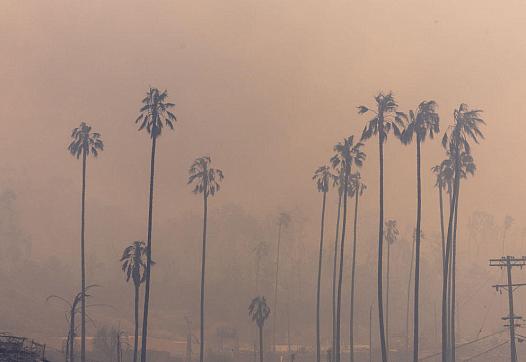
More frequent, intense and destructive fires fueled by climate change cause far more death and illness than official tallies capture.

More frequent, intense and destructive fires fueled by climate change cause far more death and illness than official tallies capture.

Although there is not yet enough data to document chronic exposure, readings taken in South County indicate cause for concern.
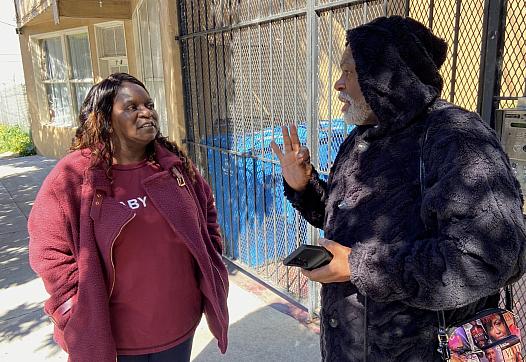
A custom dataset shows toxic cleanups take far longer in marginalized Bay Area communities — even for comparable sites like underground storage tanks.

Many pier fishermen in Southern California still eat DDT-contaminated fish, while government efforts struggle to address the region's lingering toxic legacy.

A small town in the California foothills faces chronic water system failures, leaks, and contamination, with aging infrastructure, limited funds, and uncertain future threatening its community and fire safety.

Also this week: Unequal access in telehealth access is unequal, and Oregon expands Medicaid.
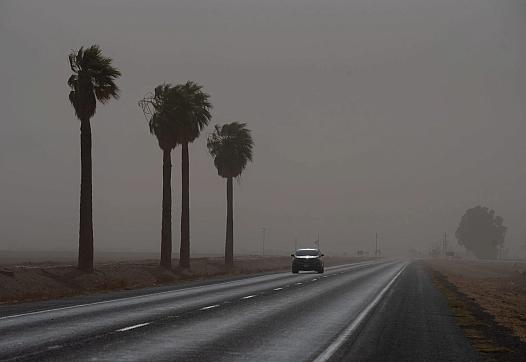
Asthma has plagued Imperial County for decades, yet access to specialists continues to be scant. Uncontrolled asthma in the valley lands local youth in emergency rooms, more than anywhere else in the state.
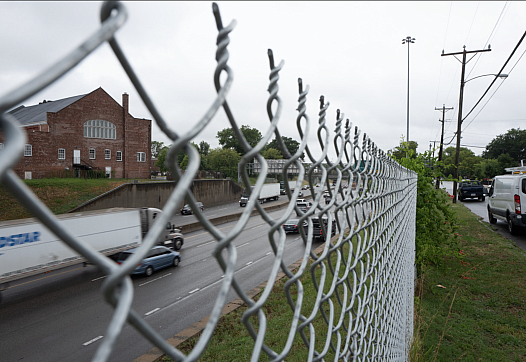
Can the government stimulate healing among majority-Black neighborhoods that were intentionally torn in half by mid-20th century highway construction? A reporter seeks answers.
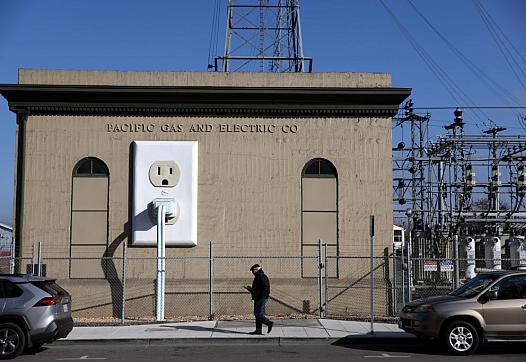
A reporter reflects on what ongoing rate hikes by a major California utility mean for residents in the state’s hottest regions.